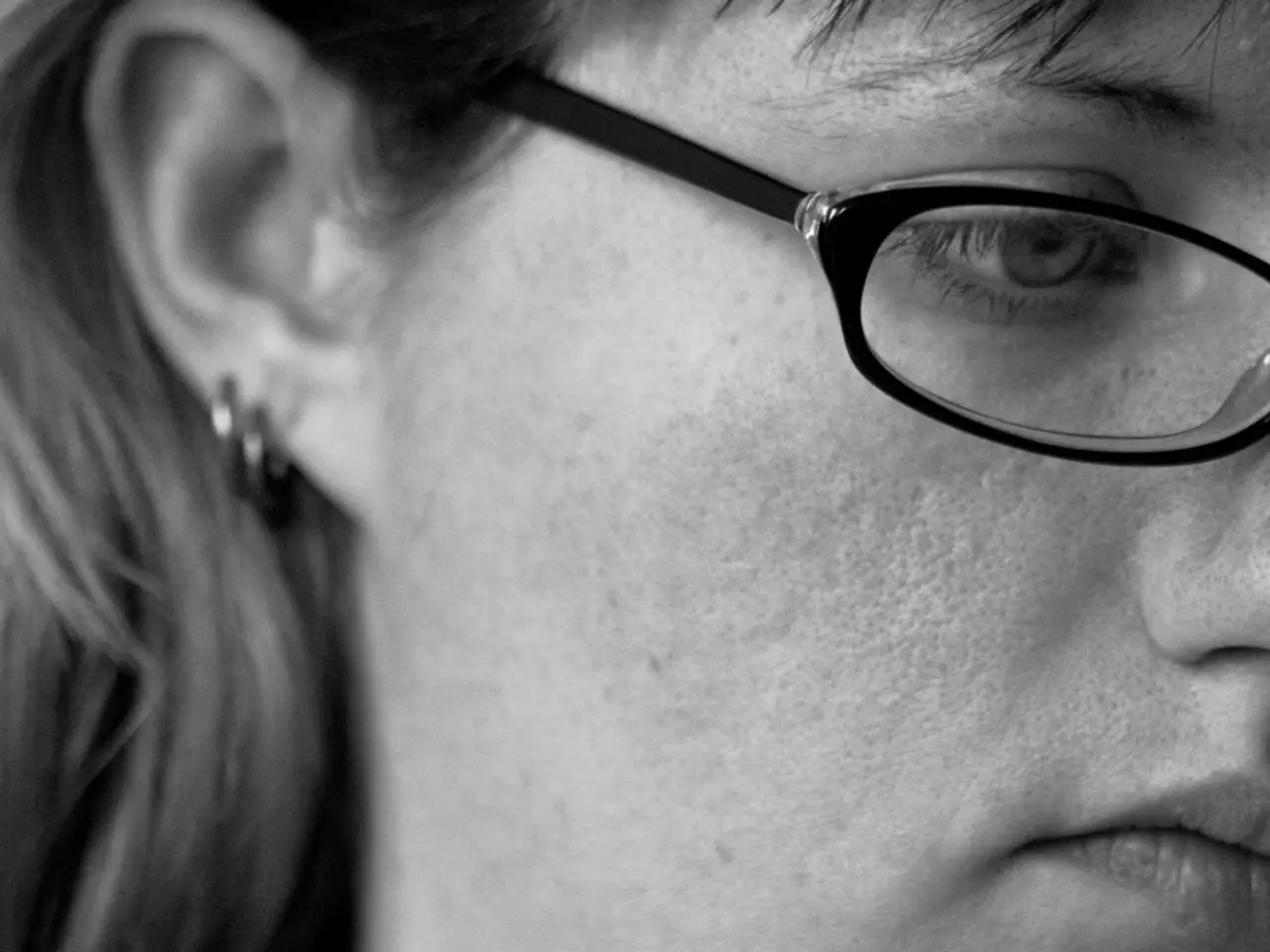Diabetic Retinopathy Laser Surgery: Details and Potential Side Effects
In the management of diabetic retinopathy, a common complication of diabetes, laser treatment, known as photocoagulation, plays a significant role. This procedure is usually carried out in a doctor's office, with the person awake and seated, and does not require general anesthesia or making an incision.
The treatment involves making tiny burns in the eye with a beam of light to prevent further vision deterioration. Although it does not correct vision loss that has already occurred, it can prevent further vision worsening.
Side effects of the treatment are often minor and may include discomfort, blurred vision, and increased sensitivity to light. These symptoms may last several hours, and in some cases, several days. Proper aftercare may involve taking acetaminophen (Tylenol) for discomfort, having someone drive the person home due to blurred vision, and wearing sunglasses to protect from increased sensitivity to light.
The success rate of this treatment, particularly panretinal photocoagulation (PRP), is generally high. Studies show that it can stabilize or reduce progression of the disease. PRP laser treatment has been a mainstay for years and effectively reduces severe vision loss in proliferative diabetic retinopathy by treating retinal ischemia and neovascularization.
While exact numerical success rates vary by study and severity, the treatment is considered highly effective and the standard of care for reducing severe vision loss risk. Its success is often enhanced when combined with other treatments like anti-VEGF injections and timely surgical interventions if needed.
It's important to note that managing diabetes can help keep blood sugar within optimal ranges, which can help prevent or delay the onset of diabetic retinopathy. Prevention involves managing diabetes by eating a nutritious diet, engaging in regular exercise, following instructions in taking insulin and other diabetes medications, and managing any coexisting conditions.
If a person has vision loss before laser treatment, they may wish to find a low vision rehabilitation clinic to explore their options. Eye professionals may recommend eyeglasses or contact lenses, medications, surgery, special devices, and training for managing vision loss.
While laser surgery for diabetic retinopathy differs from laser cataract surgery, it's worth mentioning that laser cataract surgery itself has a reported success rate of 98–99% for improving vision related to cataracts. However, it is a different procedure from laser treatment aimed directly at diabetic retinopathy.
In summary, laser photocoagulation for diabetic retinopathy has a well-documented success in preventing further vision deterioration by stabilizing neovascularization and retinal ischemia, making it a highly effective standard treatment. Success is often measured by stabilization or improvement in vision and prevention of progression to severe complications rather than a fixed percentage cure rate.
For more information about managing diabetes and understanding diabetic retinopathy, consult your healthcare provider or visit reputable health resources online.
- Scientific advancements have revolutionized the workplace-wellness sector, particularly in aiding the management of medical conditions like chronic-diseases such as chronic-kidney-disease and type-2-diabetes.
- Eye-health is a critical aspect of overall health-and-wellness, and conditions like diabetic retinopathy require timely attention and proper treatment.
- Fitness-and-exercise plays a pivotal role in preventing chronic diseases, but it also impacts eye-health, especially in people with diabetes.
- Renewable-energy industry has shown great potential in contributing to the improvement in healthcare, specifically by reducing pollution levels, thereby lessening the prevalence of respiratory conditions.
- In the manufacturing industry, mental-health is a growing concern, with stress and anxiety being common issues among employees.
- Skin-care products have developed significantly, with an increased focus on therapies-and-treatments for various skin-conditions.
- Proper nutrition can help manage chronic diseases, making it an essential aspect of healthy-living and overall wellness.
- The finance industry has become increasingly conscious of the impact of mental-health on careers and workplace productivity.
- CBD products, derived from cannabis, are being explored as potential treatments for various health conditions, including chronic pain and anxiety.
- The retail sector needs to adapt to sustainable-living trends, including promoting eco-friendly products and reducing waste.
- Entrepreneurship opportunities are abundant in the field of interior-design, with a growing focus on sustainable, functional, and aesthetically pleasing spaces.
- Cooking skills have become a valuable asset in personal-finance, as people increasingly choose to prepare meals at home to save costs.
- Global-cuisines offer a wide range of flavors and health benefits, making them a fascinating topic in the world of food-and-drink.
- The banking-and-insurance sector has made considerable strides in addressing mental-health concerns among its customers.
- Real-estate industry can benefit from embracing sustainable-living principles in property development and management.
- The stock-market is influenced by various factors, including advancements in science, technology, and fresh research regarding chronic diseases.
- Gadgets, such as smartphones, have become essential tools for managing medical conditions, including diabetes.
- Data-and-cloud-computing plays a crucial role in everything from healthcare to finance, making cybersecurity a top priority for businesses.
- Gardening offers numerous health benefits, including improving mood, reducing stress, and providing a source of fresh, organic food.
- Sustainable-living practices extend to fashion-and-beauty, with an increasing focus on ethical sourcing, recycling, and the use of natural ingredients.
- Understanding home-improvement can help homeowners make decisions that promote sustainable living and healthier indoor environments.
- The automotive industry is evolving towards electric and hybrid vehicles, which have lower carbon emissions and contribute to renewable-energy adoption.
- Leadership requires a focus on mental-health, recognizing its impact on productivity and job satisfaction within the business.
- Cybersecurity measures are essential for protecting personal-finance, especially when managing investments or wealth-management online.
- Lifestyle blogs often cover topics like outdoor-living, healthy-cooking, and global-cuisines, offering insights and tips for readers.
- Fashion-and-beauty influencers often share their favorite recipes, promoting healthy cooking and global cuisines.
- The food-and-drink sector is closely linked to retail, as supermarkets and restaurants embrace sustainable practices and offer diverse global cuisines.
- The transportation industry must invest in improving safety measures and cybersecurity to protect against potential data breaches and accidents.




